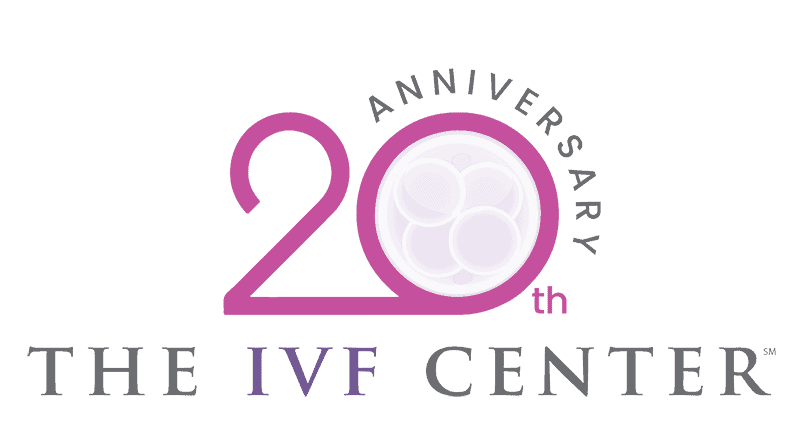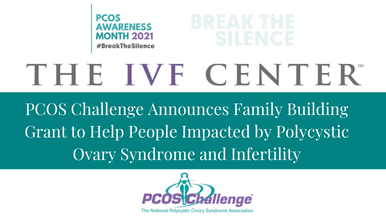According to the Centers for Disease Control (CDC), roughly 6% of married women aged 15 to 44 in the United States are unable to conceive after one year of unprotected intercourse. In fact, impaired fecundity affects 11% of the reproductive-age population, or 6.7 million women, in the U.S.
Understanding the main reasons for infertility can go a long way to helping couples begin the process of overcoming it.
Below, Mark P. Trolice, M.D., board certified reproductive endocrinology and infertility specialist and founder of The IVF Center, shares the primary factors contributing to infertility in couples.
1. Time
Women are born with all the eggs they’re ever going to have.
At birth, a female infant possesses an astounding one to two million eggs. By puberty she’ll be down to 200,000 to 400,000. A woman’s fertility begins to decline steadily at age 30, dropping rapidly after the age of thirty-seven.
Aging reduces a woman’s chances of conceiving because:
- her ovaries become less able to release eggs
- the quality and health of her eggs has waned
- she has a smaller number of eggs left
- she possesses a higher risk of having health conditions that can cause infertility
- she has a greater risk of having a miscarriage
2. A Roadblock…for Her
 The fallopian tubes are vital in human reproduction. They can get often get blocked as a result of inflammation due to sexually transmitted infections that can cause pelvic inflammatory disease.
The fallopian tubes are vital in human reproduction. They can get often get blocked as a result of inflammation due to sexually transmitted infections that can cause pelvic inflammatory disease.
The fallopian tubes can also be obstructed from:
- prior pelvic infection
- tubal ligation (having the tubes ‘tied’)
- endometriosis (the result of endometrial tissue growing outside of the uterus)
3. A Roadblock…for Him
Scarred ducts in the male reproductive tract can actually reduce sperm transport and result in male infertility.
A bacterial infection may result in scar tissue being formed at the location of the infection. If the scar tissue blocks any of the ducts within the testis, epididymis or ejaculatory pathways, it can block release of sperm. In addition, the infection itself can hamper the production of sperm, as the reaction of the immune system will produce chemicals that can be harmful to sperm cells.
4. Don’t Forget the Eggs
Ovulation dysfunction accounts for 40% of female factor infertility. The most common? Polycystic ovarian syndrome (PCOS). PCOS occurs when a hormone imbalance problem interferes with regular ovulation.
Another cause of ovulation irregularity is primary ovarian insufficiency (POI). This is when the ovaries cease to function before a woman reaches the age of 40.
5. The Big Question Mark
 Of all the causes of infertility, we know 40% are female factor, 40% are male factor. However, the other 20% is a mystery; we simply don’t know. And it’s certainly the most frustrating problem among fertility specialists.
Of all the causes of infertility, we know 40% are female factor, 40% are male factor. However, the other 20% is a mystery; we simply don’t know. And it’s certainly the most frustrating problem among fertility specialists.
The good news is that by following a normal evaluation, 60% of couples should be able to conceive within three to five years from their diagnosis.
So don’t give up! With experienced and compassionate fertility care, the odds of beating infertility are encouraging indeed.
If you’re concerned about infertility or want additional information, contact us for an appointment to find out how The IVF Center may be able to help you.






